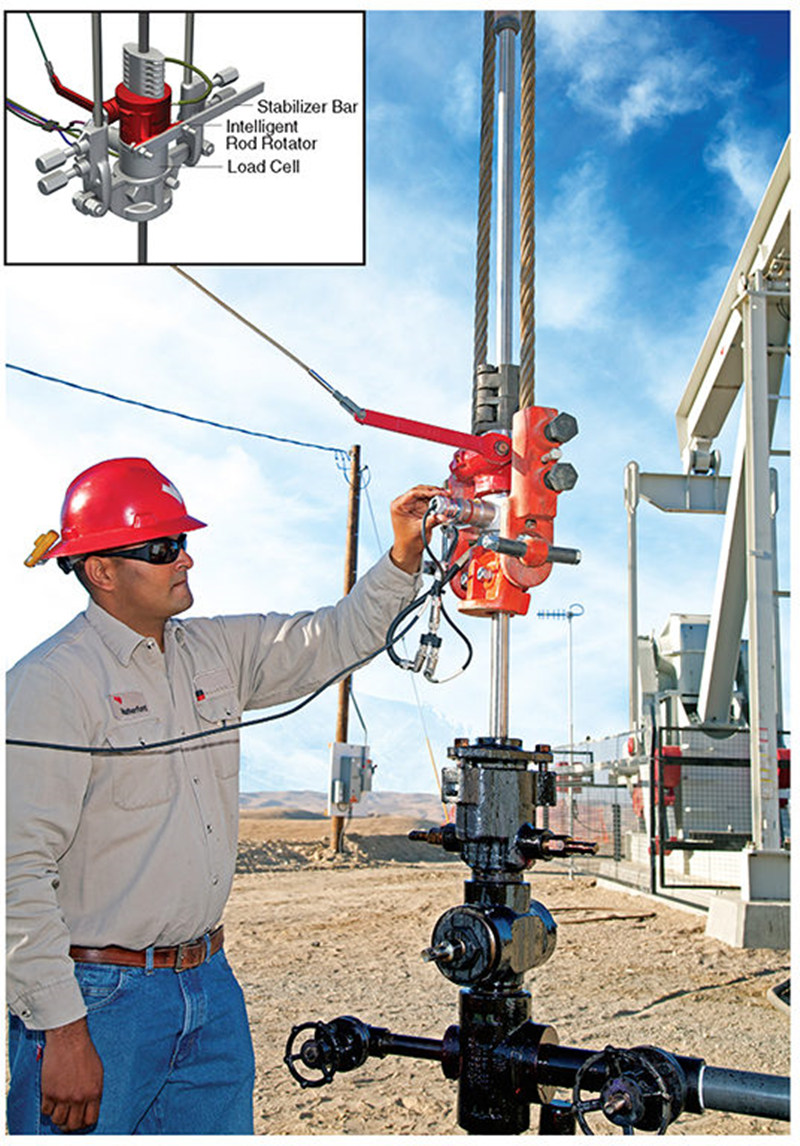
Reciprocating rod lift has always been the main artificial lift method for onshore oil wells, and has a history of nearly a century, which helps to maintain the production of marginal oil wells for as long as possible economically. However, the continuous up and down movement of the sucker rod creates the risk of corrosion and wear of the rod and the production tubing.
sucker rod rotators have been used for decades to extend the working life of sucker rods. However, there is currently no precise method to monitor the rod rotor. Without a way to go to the well site and visually inspect the rotor's operation, it is still impossible to determine whether the rotor slows down or stops working.
In order to solve this inherently inefficient process, some foreign manufacturers have developed an intelligent rod-type rotor, which can significantly reduce the time required to identify a faulty rotor, thereby extending the life of the rod and reducing The risk of accidentally shutting down the oil well. The device is designed to be seamlessly integrated into any existing rod pump controller system, and combines a variety of new technologies to eliminate the guesswork of rotor failure.
The smart rod rotator greatly reduces the time required to identify the failure of the rotator, thereby extending the life of the rod and reducing the risk of well closure.
The internal rotation sensor can detect every rotation of the rod and send a signal to the rod pump controller. The sensor is connected to the controller through a software application, and the application detects each rotation of the rod according to a signal from the sensor into the controller.
The software application collects rotation data once a day. In addition, the software also provides real-time monitoring and alarm communication, prompting the operator to investigate the cause of the alarm, which may require sending a team to the well for repairs.

 oil wellhead
oil wellhead